Honeycomb Observability Day London: A Jam-Packed Day of Great Talks

By: Ken Rimple


The Cost Crisis in Metrics Tooling
Learn MoreOn May 15th, 2025, Honeycomb hosted Observability Day (or O11yDay) in the London financial district. The skies were clear and the weather was wonderful and we had a huge turnout, from our networking breakfast to the happy hour at the end of the day.
Keynote by Charity Majors
Charity’s keynote talk began with a retrospective of observability from the 1950s to today. She discussed observability 2.0 and how a single source of truth is critically important for eyes-open development. Another key topic was how observability fits in an AI-first world as it is being used to understand AI-generated code, developing applications that use AI, and serves to help build and improve LLMs.
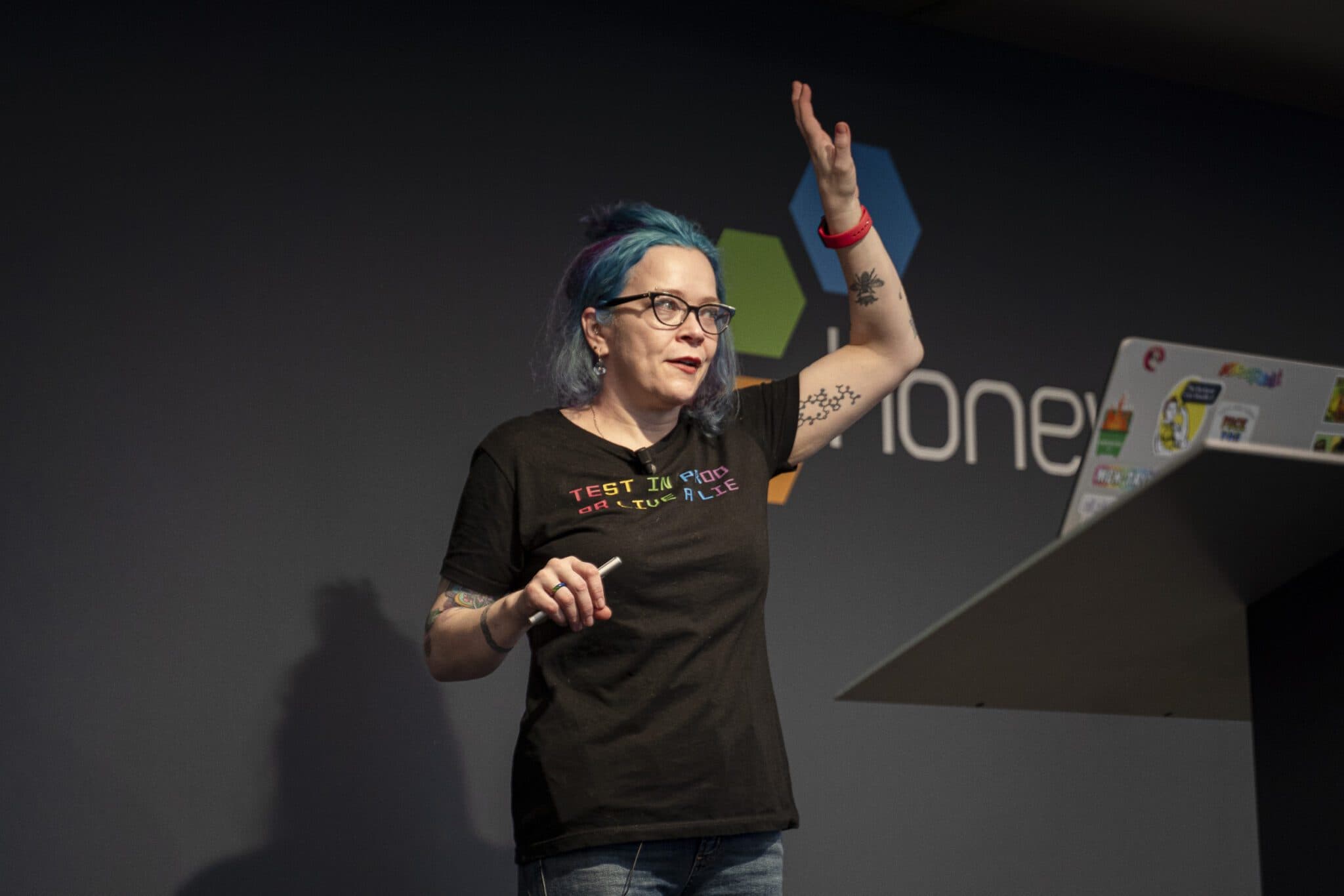
Gearset + Honeycomb = <3
Next was “Mean Time to Correctly Attributed Rage” (spectacular title), delivered by Gearset’s Oli Lane and Julian Wreford. Their presentation focused on a slowdown in their platform using Honeycomb.
Because of the high cardinality of telemetry data in their systems, they were able to quickly identify that a recent Salesforce release caused the issue. Honeycomb’s fast querying and visualizations helped them pinpoint the issue, and Gearset was able to not only report the issue to Salesforce, but also enlist their affected customers to advocate for a fix.
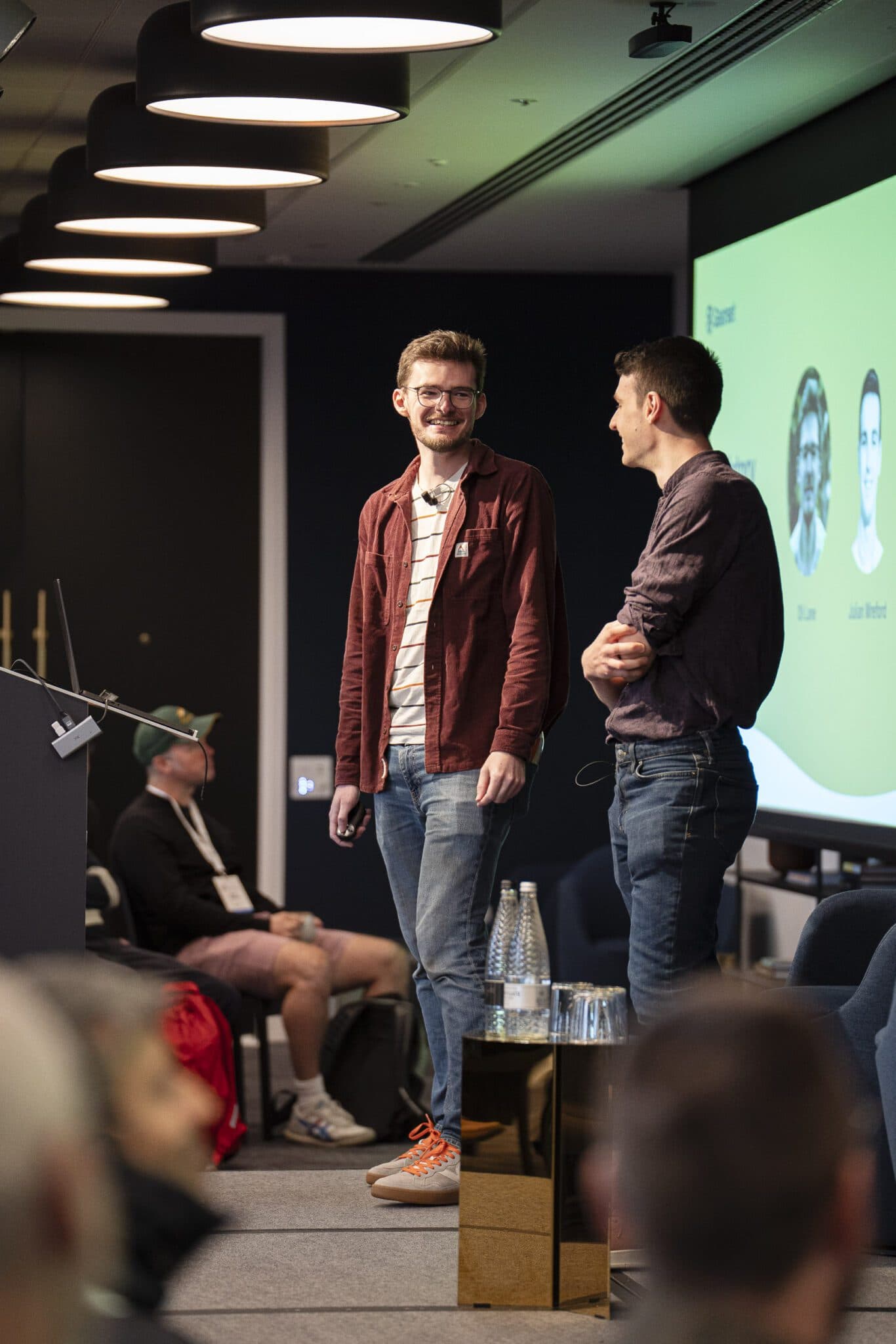
Roadmap and Honeycomb demo
Liz Fong-Jones, Honeycomb Field CTO, presented our unified observability platform, highlighting our use of OpenTelemetry and feature flags to manage releases. She emphasized that with a bit of upfront learning, teams can easily use features like boards, SLOs, and frontend observability.
Liz demoed Honeycomb by querying our live production data, showing how we use Honeycomb to observe Honeycomb. She also shared updates on improved log support, telemetry pipelines for low-cost data storage in AWS, and enhanced visualizations with new charts and board layouts.
Looking ahead, she previewed upcoming features in frontend observability, SLOs, and telemetry pipelines. Liz closed by framing recent enhancements—including our Grit acquisition—as tools to empower engineers, not replace them.
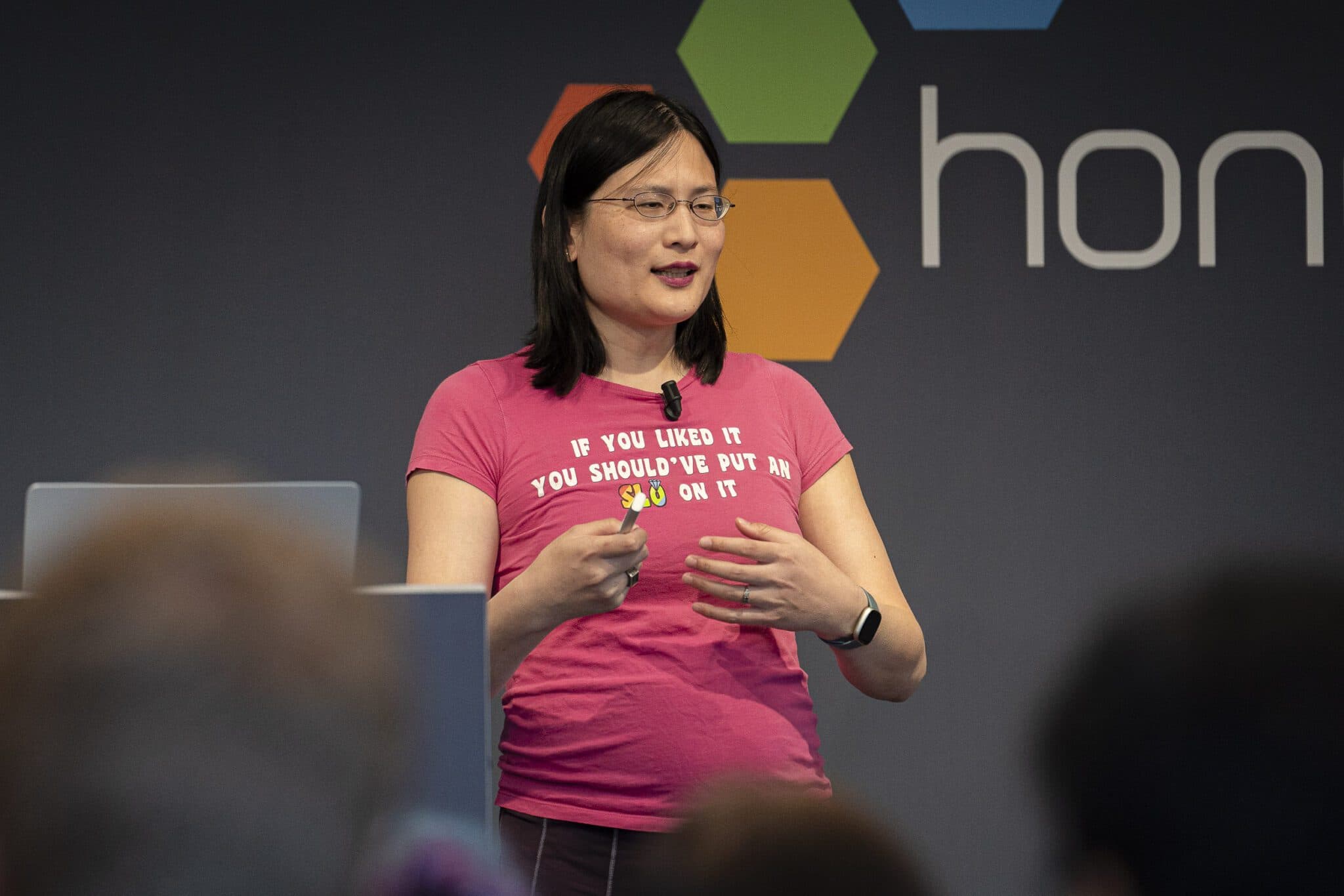
Syntasso’s Abby Bangser: A platform engineer’s view of observability
After a tasty networking lunch, Syntasso’s Abby Bangser gave us a platform engineer’s view of observability. Abby stressed that platform teams that handle infrastructure-as-a-service can reduce a full-stack engineer’s cognitive load. By providing observable platform services that the service consumers share ownership of, the organization benefits from economies of scale:
- Application engineers can rely on platform contracts.
- Platform engineers can benefit from observability to make the platforms maintainable, scalable, and reliable.
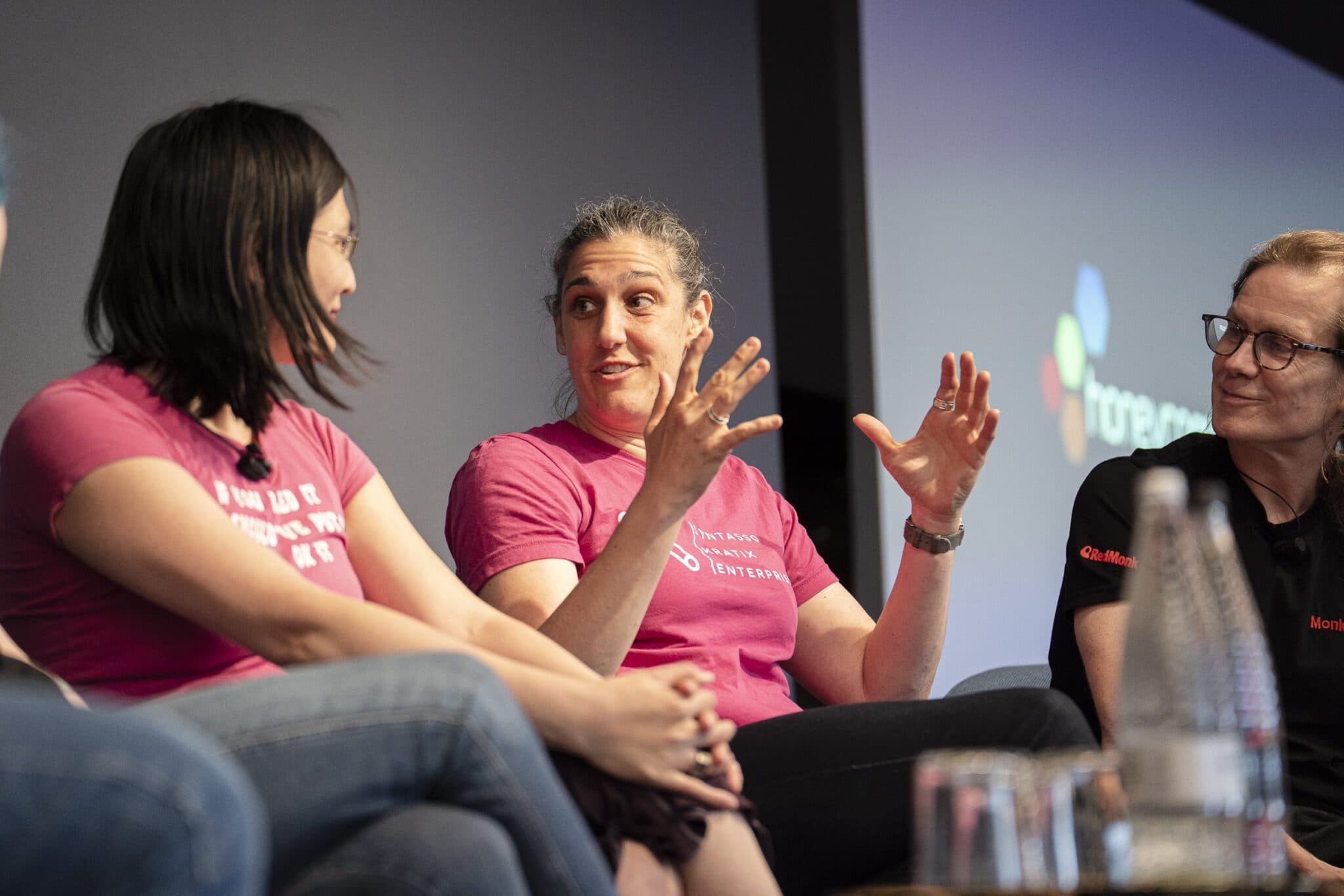
Ken Rimple (that’s me!) on frontend observability
Next, I spoke about Honeycomb for Frontend Observability, discussing the concerns of frontend engineers, and why they need to be engaged in observability as well as the engineers of the backend systems that the frontend engineers query. Having the ability to view the same trace that the backend engineers can, and being able to include spans from the frontend, is incredibly useful and empowering. I gave a quick preview of mobile observability, a feature shipped in May, as well as a roadmap for upcoming features such as error surfacing and visualizing user journeys.
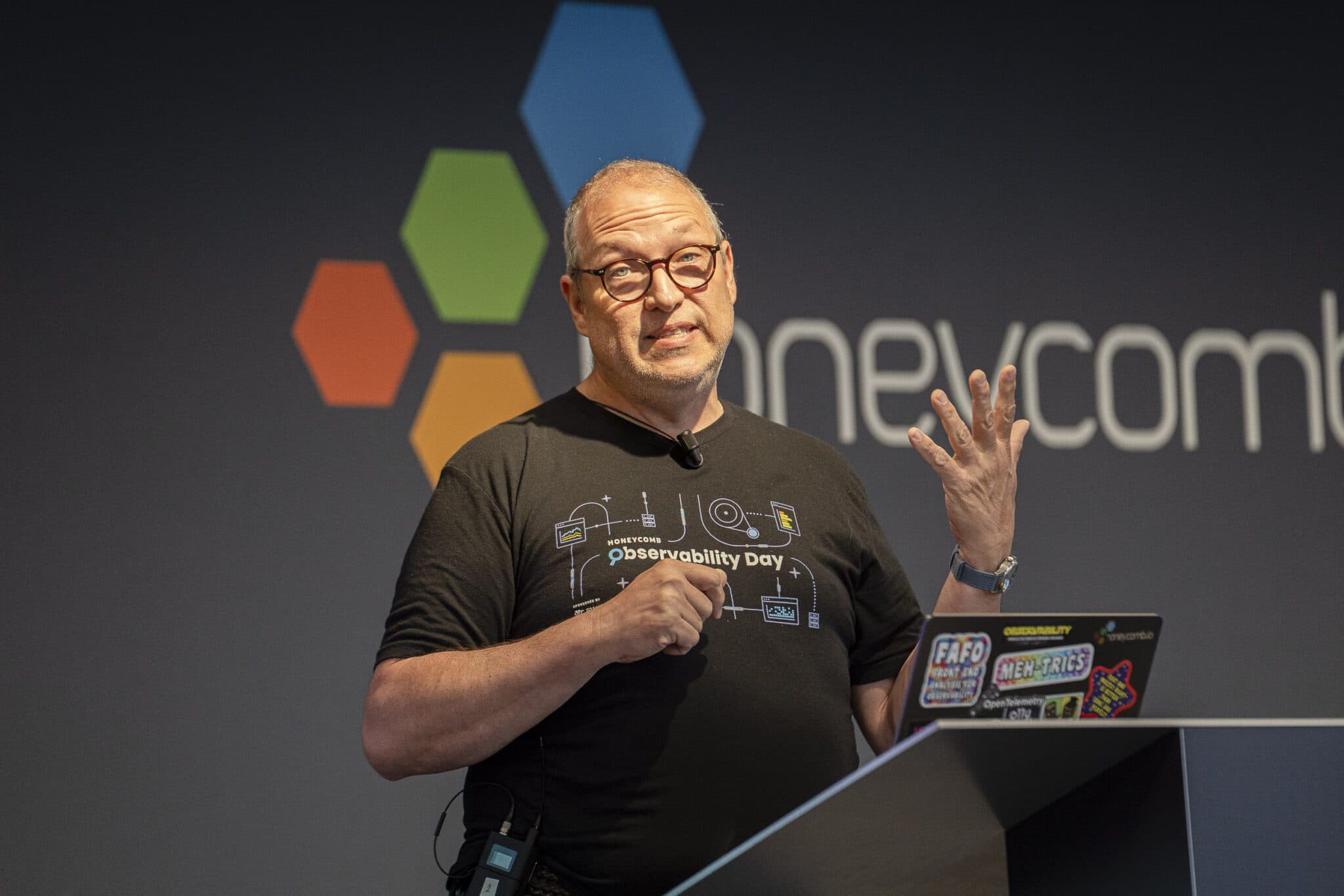
Martin Thwaites and Ian Cooper: Modern observability with event-driven architectures
Martin Thwaites (Honeycomb Principal Developer Advocate) and Ian Cooper (Just Eat) gave a talk that showed how using modern observability techniques can help understand the flow of a distributed system.
Martin and Ian stressed that using logs to observe event-driven systems becomes impossible as the senders and receivers begin to scale. Tracing becomes almost mandatory, and moving to modern observability becomes the next step
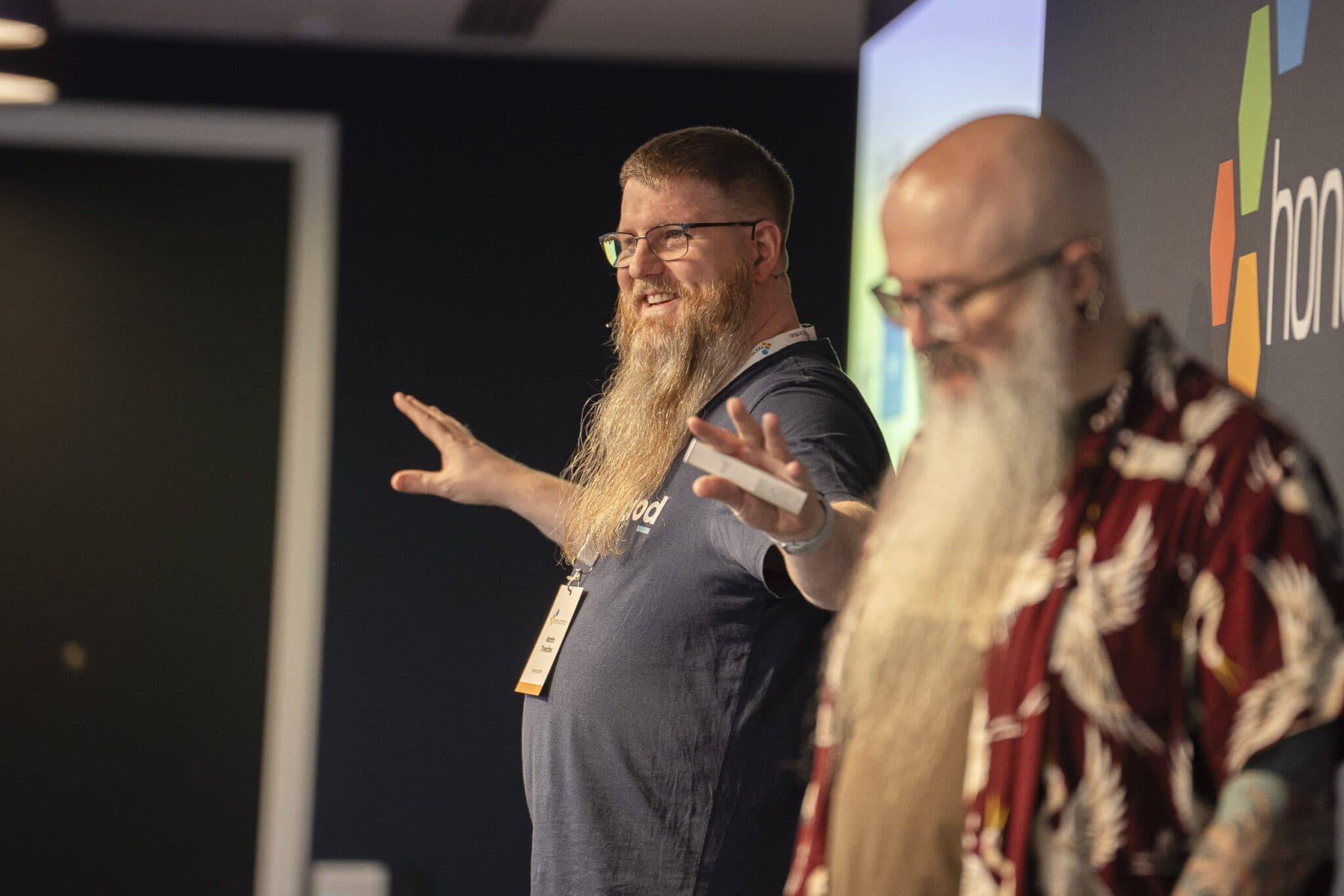
A well-attended happy hour
Our happy hour kept things humming, as a large number of attendees stayed until the very end. Everyone mingled, talked about their current challenges, and shared information with the array of Bees and other customers and practitioners.
We can’t wait for our next Observability Day in San Francisco! Keep your eyes peeled on our events page—we’ll be posting details soon.
New to Honeycomb? Get your free account today.
Get access to distributed tracing, BubbleUp, triggers, and more.
Up to 20 million events per month included.
Want to know more?
Talk to our team to arrange a custom demo or for help finding the right plan.